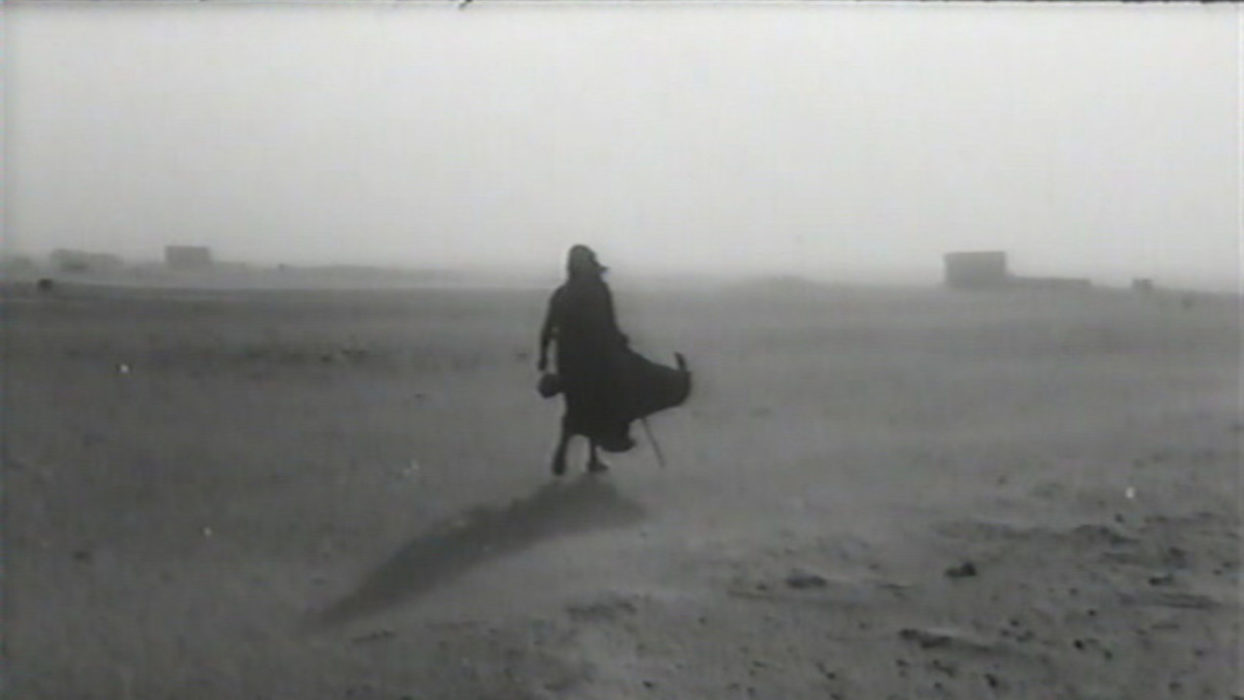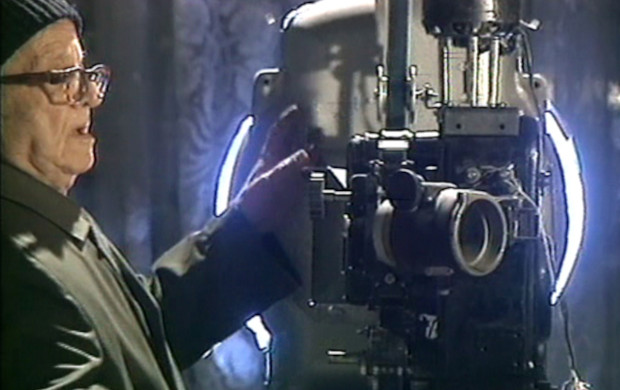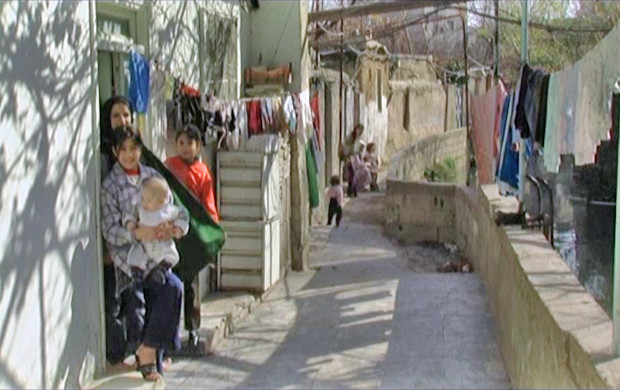Al Hayat Al Yawmiya fi Qariya Sourriya
- 1974
- Syria
- 85 minutes
- Arabic
” Our work very often forced us to “abandon” any aesthetic considerations, and keep the filmed document intact. What was important to us was to uncover this complex reality. We understood that the document alone was paramount. We don’t claim that the film is a comprehensive picture of daily life in the village. We have tried, as far as possible, through our individual efforts and initiatives, to reproduce the village’s main socioeconomic and cultural features, which are probably similar in their lines of force to those in other Syrian villages. This is a first experience…” Omar Amiralay, Saadallah Wannous ” Beginning Daily Life in a Syrian Village with a small sand storm that embodies the temporal nature of what disappears and becomes buried is a way of using natural effects to describe what the camera can do by filming a space: the eye suggests to the imagination a reality that is undergoing transformation, developing, in the inhabited silence of nature’s music.” A.M. “Towards the end of the film, a village farmer calls on the camera as a witness, takes it on his side, uses it and confides in it (in a country like Syria, his words carry obvious risks of repression), gives up his body and possessions. At that moment, what he possesses is his voice, a voice in the same vein as the sound environment in which it intervenes–a voice with the same origins–it is his capital, which he uses to the full. In a few minutes, he says what has lain on his heart for years, against a government that allows his land to be confiscated. A government, however, that hammers him with demagogical slogans about agrarian reform and the power of the workers and the farmers.” Serge Le Péron
- Distribution : Organisme National du Cinéma Syrien; Omar Amiralay; Hazem Baya'a; Abdo Hamzé; Kaïs Al- Zoubaïdi




